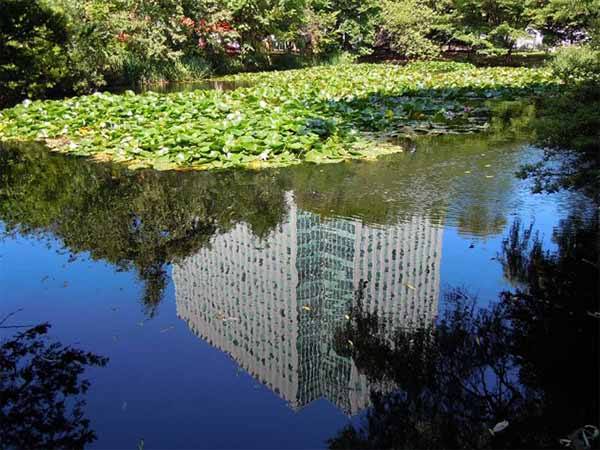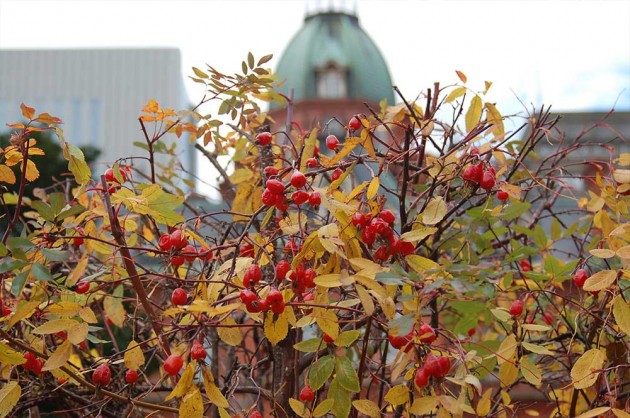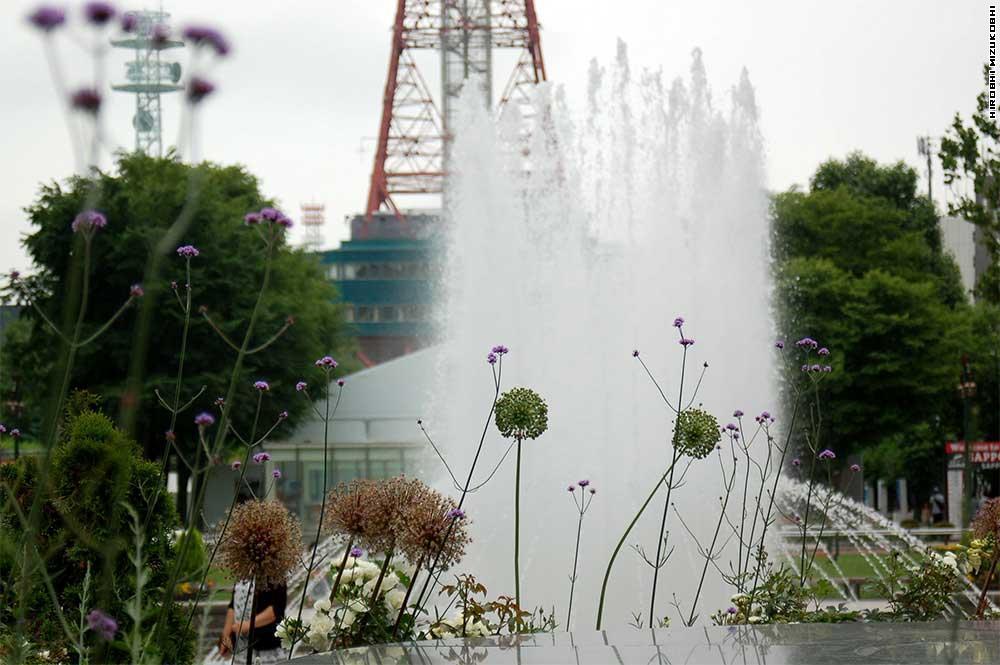
Spring
First, when the snow melts, all the flowers begin to bloom at once. In Honshu, Japan’s main island, cherry blossoms (sakura) bloom after plum blossoms (ume), but in Hokkaido, they bloom simultaneously. This rare and beautiful sight is unique to Hokkaido. For centuries, the Japanese have marked the arrival and transition of seasons by observing flower blooms. Plum blossoms, like cherry blossoms, signify the arrival of spring. While there is a gap of several weeks between plum and cherry blossoms in Honshu, they bloom together in Hokkaido, making the spring season very short here.
In Honshu, spring is considered to be from February to April, but in Hokkaido, even in March, there is still a lot of snow, so it’s not truly spring yet. Therefore, spring in Hokkaido is very brief.
The period from late April to early May is known as “Golden Week” in Japan, and after this period, temperatures start to rise daily. People begin to go out for outdoor activities like hiking, alpine plant observation, and cycling. This marks the beginning of the season to enjoy Hokkaido’s short summer, with Sapporo at its center.
Various festivals also start around this time. Sapporo’s city flower is the lilac, and the Lilac Festival is held in late May. Following that, the Yosakoi Soran Festival begins in early June, a major summer event in Sapporo with around 30,000 dancers participating, although it often rains during this festival.
After Yosakoi, the Hokkaido Shrine Festival is held from June 14th to 16th. This is one of the most important shrine festivals in Hokkaido with over 100 years of history.
On the 16th, during the “Mikoshi Togyo” parade, over 1,000 citizens dressed in colorful Heian-era costumes march through the city along with eight floats, centering on four portable shrines carrying the deities of Hokkaido Shrine. The parade starts at Hokkaido Shrine in Maruyama, and in the afternoon, the portable shrines and floats are showcased at Odori Park, drawing many citizens and enlivening the festival.
Within the grounds of Hokkaido Shrine, there are food stalls and traditional dedication events. In Nakajima Park, numerous stalls and even haunted house booths are set up, making it a highlight for citizens before summer begins.
Summer
After this festival, summer arrives in Sapporo. Due to global warming, it’s not uncommon for temperatures to exceed 30°C for over a week, but compared to Honshu, summer here remains relatively cool.
In summer, beer gardens pop up in Odori Park. Major beer manufacturers set up beer gardens, and recently, beer gardens featuring local craft beers from all over Hokkaido have also become popular. It’s a great time to enjoy Hokkaido’s food, including Genghis Khan (grilled mutton) and ramen.
Autumn
In autumn, the Autumn Fest is held, where municipalities from all over Hokkaido gather in Odori Park to showcase their local specialties. This event offers a chance to enjoy various Hokkaido delicacies in one place.
Winter
Winter in Sapporo is truly unique. There’s no other city in the world that experiences such heavy snowfall! Some people might complain about the daily snow shoveling, but there’s no time to waste on that; enjoying the snow is essential.
The most notable activities are skiing and snowboarding! Bankei Ski Area features a FIFA-approved halfpipe and hosts World Cup events. Cheering on the athletes is great fun. For ski jumping, Okurayama and Miyanomori Jumping Hills attract many famous athletes during the season.
Besides Bankei Ski Area, nearby ski resorts include Moiwa Ski Resort, Fu’s Ski Area, and Teine Ski Resort. All of these can be reached within 30-40 minutes from the city center. All skiing equipment can be rented at the ski resorts, so you can go empty-handed.
Teine Ski Resort offers long courses and slopes suitable for beginners to advanced skiers. This was the venue for the 1972 Winter Olympics, ensuring a great experience.



